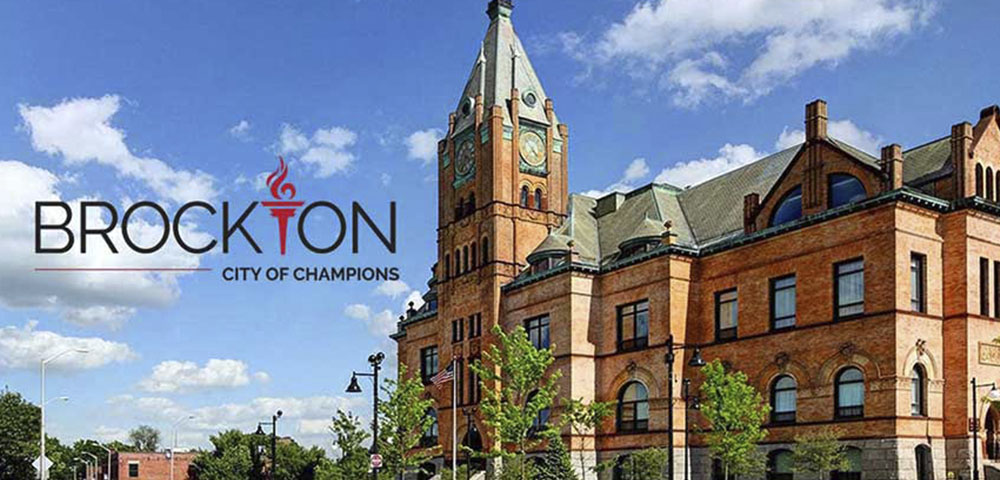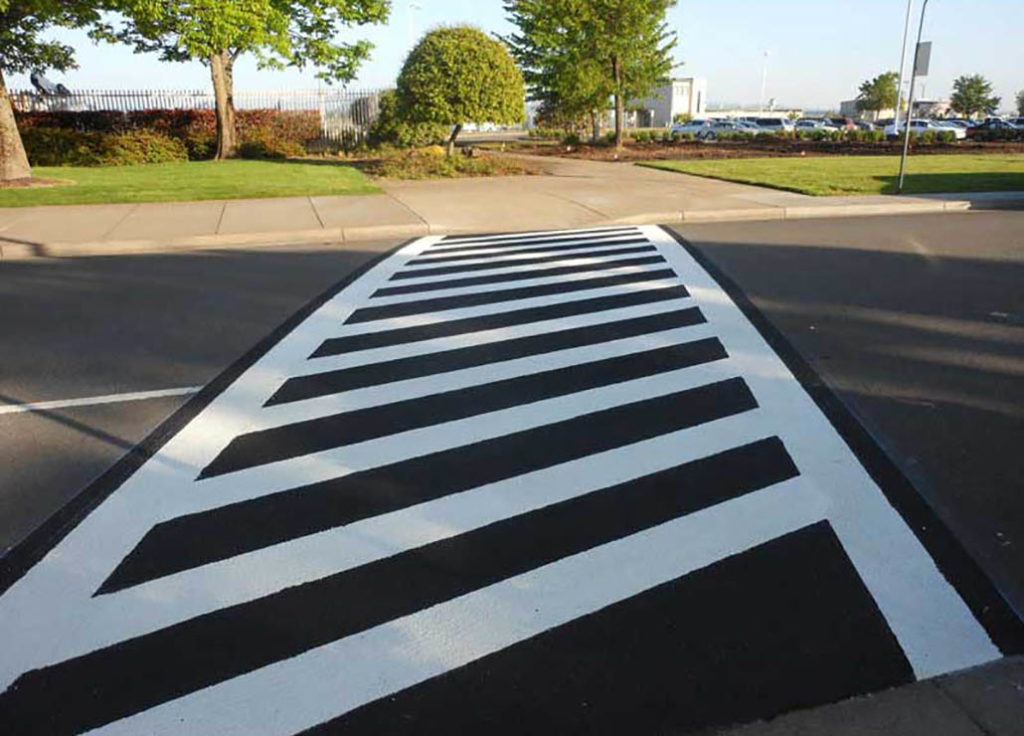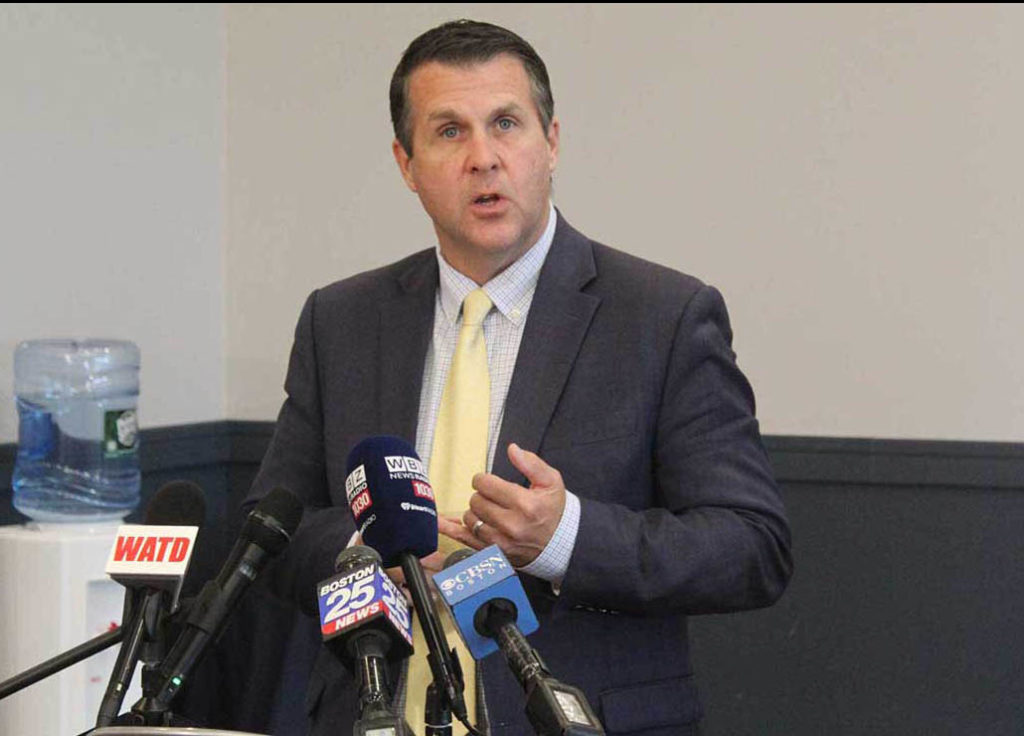Over the last 12 years, the City of Brockton has had many challenges regarding the safety of pedestrians, with more than 30 pedestrian-related deaths since 2009. When a student team from the Rappaport Greater Boston Applied Field Lab at Harvard Kennedy School was tasked with using its diverse skillset in an effort to research the issue, they quickly came to realize there was more than just data analysis, policy proposals and budgetary options to be explored.
Mayor Robert Sullivan asked the team to examine the most dangerous roadways in the city for non-motorists (pedestrians, cyclists, and skaters, for example) and share their findings on ways to improve the situation.
The mayor, who had been sworn in only a year earlier after spending the past 16 years as a city councilor, partnered with Harvard Kennedy School Professor Linda Bilmes, Assistant Professor Justin de Benedictis-Kessner, and the student team of Charles Deffarges (HKS), Liza Farr (MIT), Pedro González (HKS/Stanford Graduate School of Business), and Leah Nakaima (HKS).
“Each year, Rappaport field lab teams from across the Harvard graduate schools, MIT and Tufts undertake projects that provide technical assistance to Greater Boston communities,” Professor Bilmes said. “Our collaboration with the City of Brockton to focus on pedestrian safety was a compelling project for the students and faculty.
“The city officials were a pleasure to work with. We hope that our research helps the city to reduce street accidents and fatalities, while also showing our students the importance of effective local government.”
Brockton road safety has had the attention of experts and public officials alike for many years. One AAA representative described the 30 non-motorist traffic fatalities between 2009 and 2021 as “stunning,” and Mayor Sullivan – a lifelong resident of the city himself – made traffic and pedestrian safety a top priority upon taking office. At the start of 2021, he told The Enterprise(Brockton’s local newspaper), “My office will be spending the upcoming semester working with the Harvard Kennedy School to propose and implement concrete solutions to these issues.”
“The mayor is relatively new, and the problem was relatively old, but he was invigorated to solve it,” said Farr, who used GIS mapping to identify the most dangerous intersections in Brockton. “People were dying, and the city was interested in understanding the highest value improvements it could make to reduce those fatalities.”





